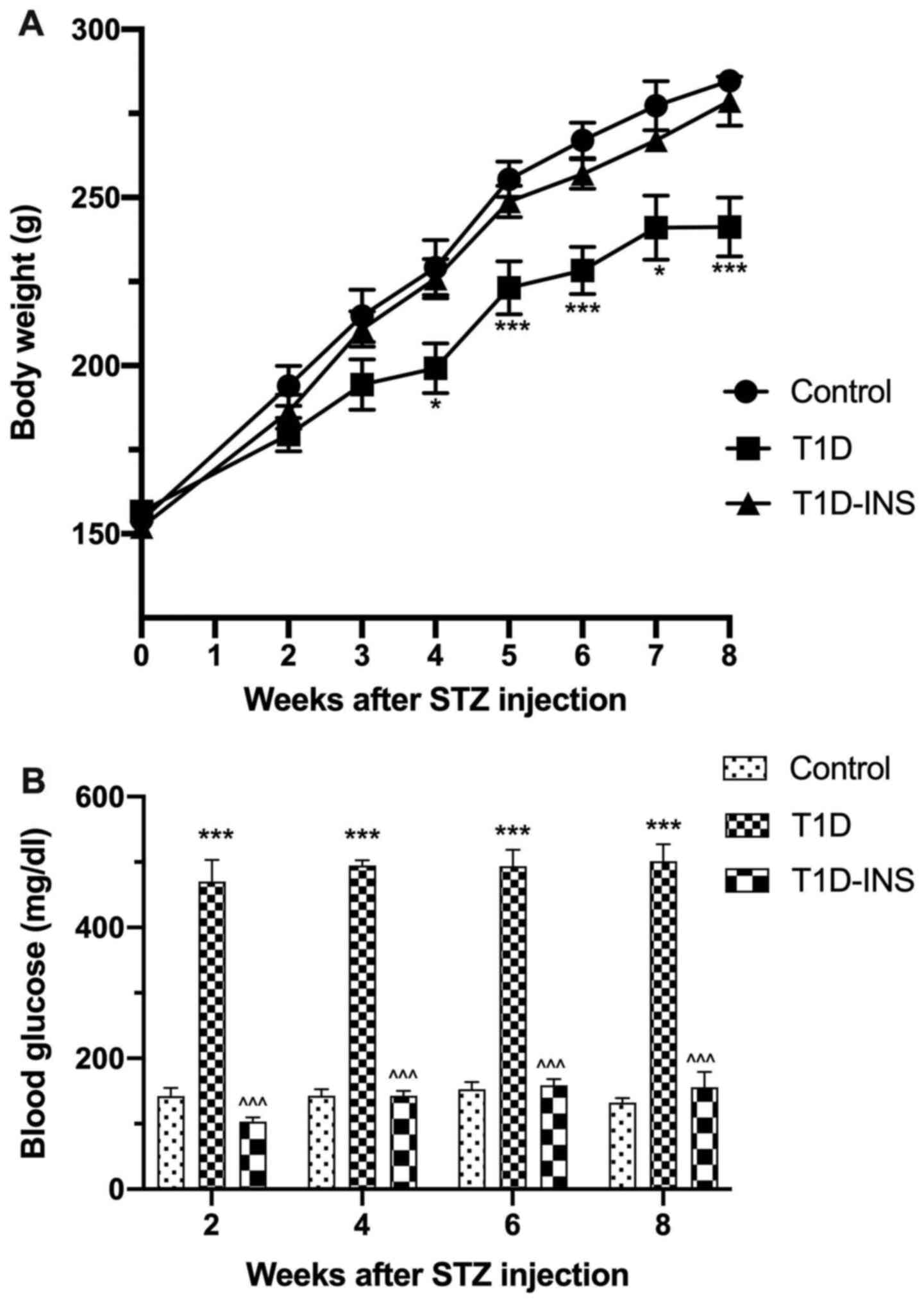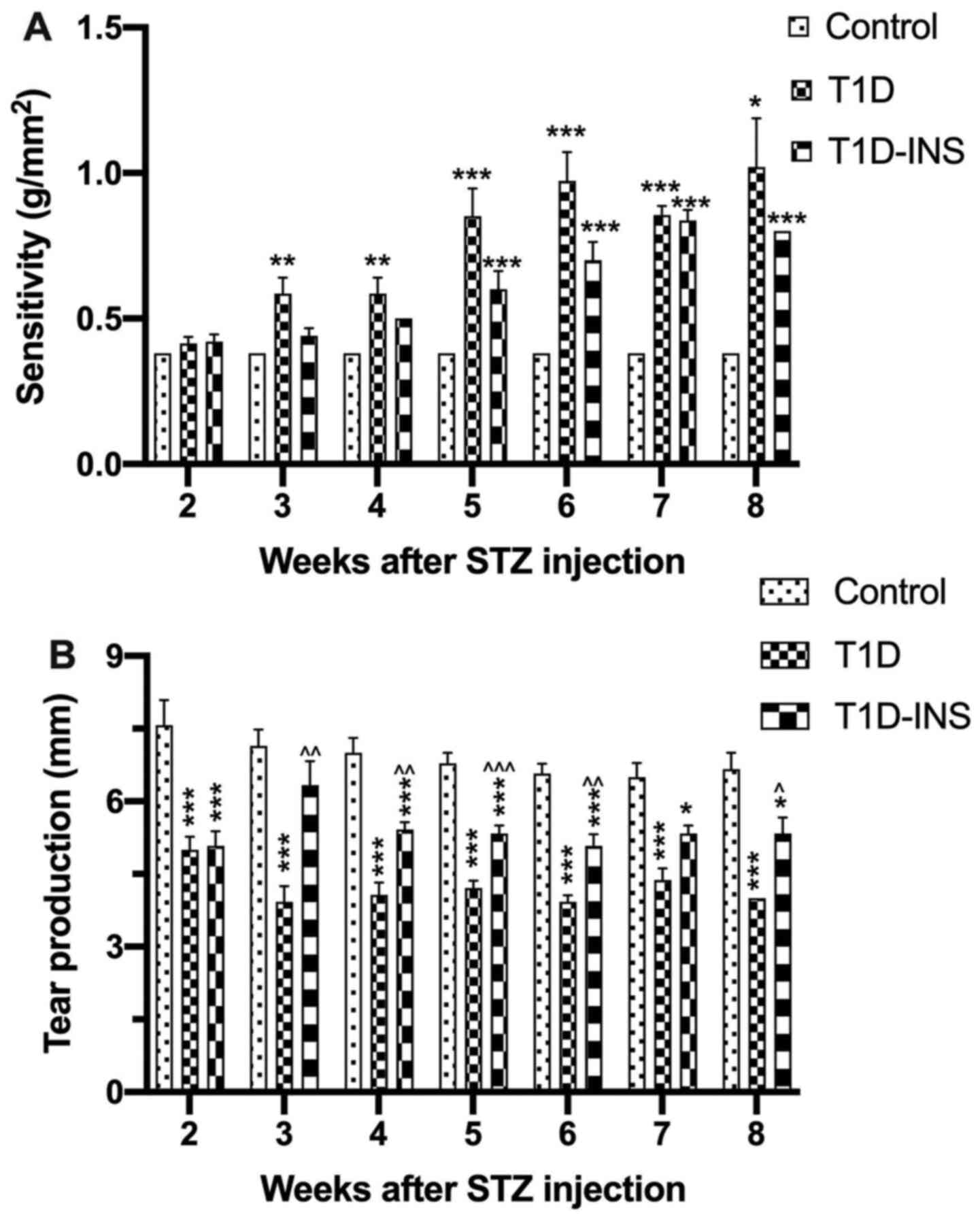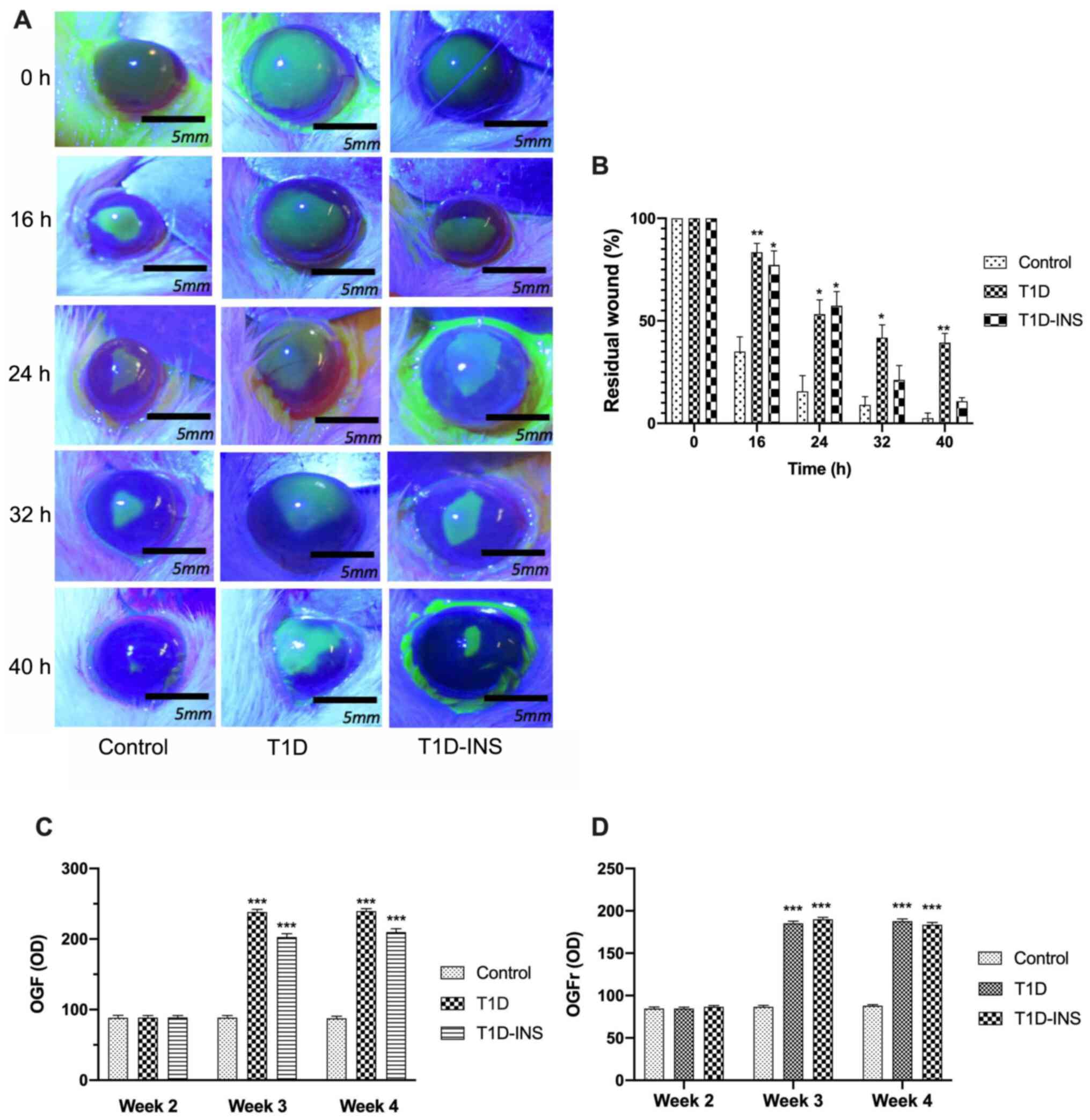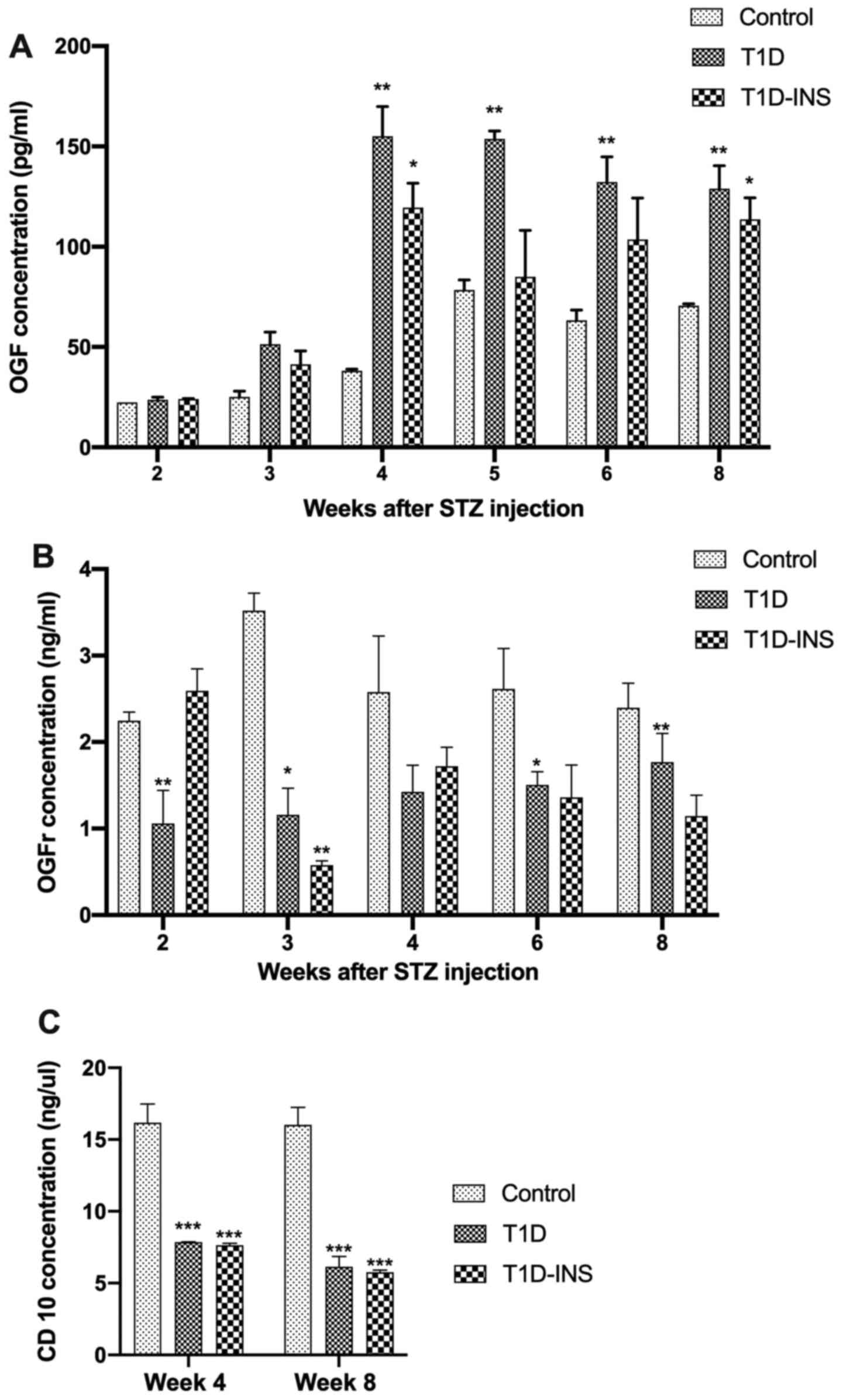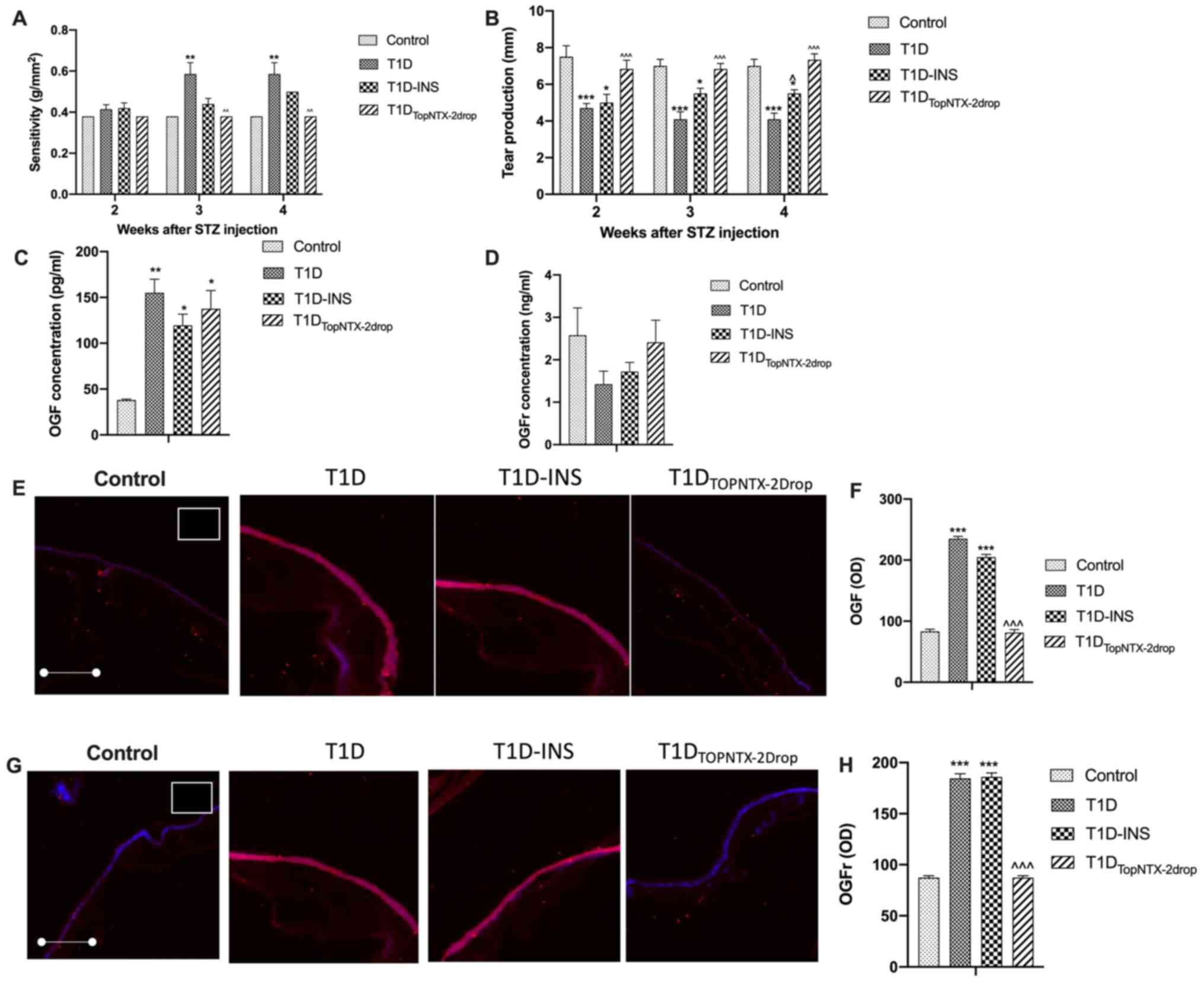|
1
|
Cho NH, Shaw JE, Karuranga S, Huang Y, da
Rocha Fernandes JD, Ohlrogge AW and Malanda B: IDF diabetes atlas:
Global estimates of diabetes prevalence for 2017 and projections
for 2045. Diabetes Res Clin Pract. 138:271–281. 2018.PubMed/NCBI View Article : Google Scholar
|
|
2
|
International Diabetes Federation.
Worldwide toll of diabetes. IDF Diabetes Atlas, 9th edition. 2019.
https://www.diabetesatlas.org/en/.
Accessed December 2020.
|
|
3
|
Centers for Disease Control and
Prevention. National Diabetes Statistics Report, 2020. Atlanta, GA:
Centers for Disease Control and Prevention, U.S. Department of
Health and Human Services. Available from: https://www.cdc.gov/diabetes/pdfs/data/statistics/national-diabetes-statistics-report.pdf
Accessed January 2021.
|
|
4
|
Moeineslam M, Amiri P, Karimi M,
Jalali-Farahani S, Shiva N and Azizi F: Diabetes in women and
health-related quality of life in the whole family: A structural
equation modeling. Health Qual Life Outcomes.
17(178)2019.PubMed/NCBI View Article : Google Scholar
|
|
5
|
American Diabetes Association.
Complications. https://www.diabetes.org/diabetes/complications
Accessed December 2020.
|
|
6
|
Vieira-Potter VJ, Karamichos D and Lee DJ:
Ocular complications of diabetes and therapeutic approaches. Biomed
Res Int. 2016(3801570)2016.PubMed/NCBI View Article : Google Scholar
|
|
7
|
Zagon IS, Sassani JW and McLaughlin PJ:
Reepithelialization of the human cornea is regulated by endogenous
opioids. Invest Ophthalmol Vis Sci. 41:73–81. 2000.PubMed/NCBI
|
|
8
|
Sassani JW, McLaughlin PJ and Zagon IS:
The yin and yang of the opioid growth regulatory system: Focus on
diabetes-the Lorenz E. Zimmerman tribute lecture. J Diabetes Res.
2016(9703729)2016.PubMed/NCBI View Article : Google Scholar
|
|
9
|
Zagon IS, Sassani JW, Verderame MF and
McLaughlin PJ: Particle-mediated gene transfer of OGFr cDNA
regulates cell proliferation of the corneal epithelium. Cornea.
24:614–619. 2005.PubMed/NCBI View Article : Google Scholar
|
|
10
|
Zagon IS, Sassani JW, Immonen JA and
McLaughlin PJ: Ocular surface abnormalities related to type 2
diabetes are reversed by the opioid antagonist naltrexone. Clin Exp
Ophthalmol. 42:159–168. 2014.PubMed/NCBI View Article : Google Scholar
|
|
11
|
Zagon IS, Klocek MS, Sassani JW and
McLaughlin PJ: Dry eye reversal and corneal sensation restoration
with topical naltrexone in diabetes mellitus. Arch Ophthalmol.
127:1468–1473. 2009.PubMed/NCBI View Article : Google Scholar
|
|
12
|
Klocek MS, Sassani JW, McLaughlin PJ and
Zagon IS: Topically applied naltrexone restores corneal
reepithelialization in diabetic rats. J Ocul Pharmacol Ther.
23:89–102. 2007.PubMed/NCBI View Article : Google Scholar
|
|
13
|
Negri M, Fallucca F, Tonnarini G, Mariani
P, D'alessandro M and Pachí A: High levels of circulating
met-enkephalin in pregnant and menstruating type 1 diabetic women.
Gynecol Endocrinol. 4:25–31. 1990.PubMed/NCBI View Article : Google Scholar
|
|
14
|
Fallucca F, Tonnarini G, Di Biase N,
D'Alessandro M and Negri M: Plasma met-enkephalin levels in
diabetic patients: Influence of autonomic neuropathy. Metabolism.
45:1065–1068. 1996.PubMed/NCBI View Article : Google Scholar
|
|
15
|
Negri M, Tonnarini G, D'Alessandro M and
Fallucca F: Plasma met-enkephalin in type I diabetes. Metabolism.
41:460–461. 1992.PubMed/NCBI View Article : Google Scholar
|
|
16
|
Zagon IS, Sassani JW, Purushothaman I and
McLaughlin PJ: Dysregulation of the OGF-OGFr pathway correlates
with elevated serum OGF and ocular surface complications in the
diabetic rat. Exp Biol Med (Maywood). 245:1414–1421.
2020.PubMed/NCBI View Article : Google Scholar
|
|
17
|
Vistisen D, Witte DR, Tabák AG, Brunner
EJ, Kivimäki M and Færch K: Sex differences in glucose and insulin
trajectories prior to diabetes diagnosis: The Whitehall II study.
Acta Diabetol. 51:315–319. 2014.PubMed/NCBI View Article : Google Scholar
|
|
18
|
Bowden MA, Tesch GH, Julius TL, Rosli S,
Love JE and Ritchie RH: Earlier onset of diabesity-induced adverse
cardiac remodeling in female compared to male mice. Obesity (Silver
Spring). 23:1166–1177. 2015.PubMed/NCBI View Article : Google Scholar
|
|
19
|
Gagliano C, Caruso S, Napolitao G,
Malaguarnera G, Cicinelli NV, Amato R, Reibaldi M, Incarbone G,
Bucolo C, Drago F and Avitabile T: Low levels of 17-β-oestradiol,
oestrone and testosterone correlate with severe evaporative
dysfunctional tear syndrome in postmenopausal women: A case-control
study. Br J Ophthalmol. 98:371–376. 2014.PubMed/NCBI View Article : Google Scholar
|
|
20
|
Klocek MS, Sassani JW, McLaughlin PJ and
Zagon IS: Naltrexone and insulin are independently effective but
not additive in accelerating corneal epithelial healing in type I
diabetic rats. Exp Eye Res. 89:686–692. 2009.PubMed/NCBI View Article : Google Scholar
|
|
21
|
Zagon IS, Sassani JW and McLaughlin PJ:
Insulin treatment ameliorates impaired corneal reepithelialization
in diabetic rats. Diabetes. 55:1141–1147. 2006.PubMed/NCBI View Article : Google Scholar
|
|
22
|
Chandramouli C, Reichelt ME, Curl CL,
Varma U, Bienvenu LA, Koutsifeli P, Raaijmakers AJA, De Blasio MJ,
Qin CX, Jenkins AJ, et al: Diastoli dysfunction is more apparent in
STZ-induced diabetic female mice, despite less pronounced
hyperglycemia. Sci Rep. 8(2346)2018.PubMed/NCBI View Article : Google Scholar
|
|
23
|
McLaughlin PJ, Sassani JW, Titunick MB and
Zagon IS: Efficacy and safety of a novel naltrexone treatment for
dry eye in type 1 diabetes. BMC Ophthalmol. 19(35)2019.PubMed/NCBI View Article : Google Scholar
|















